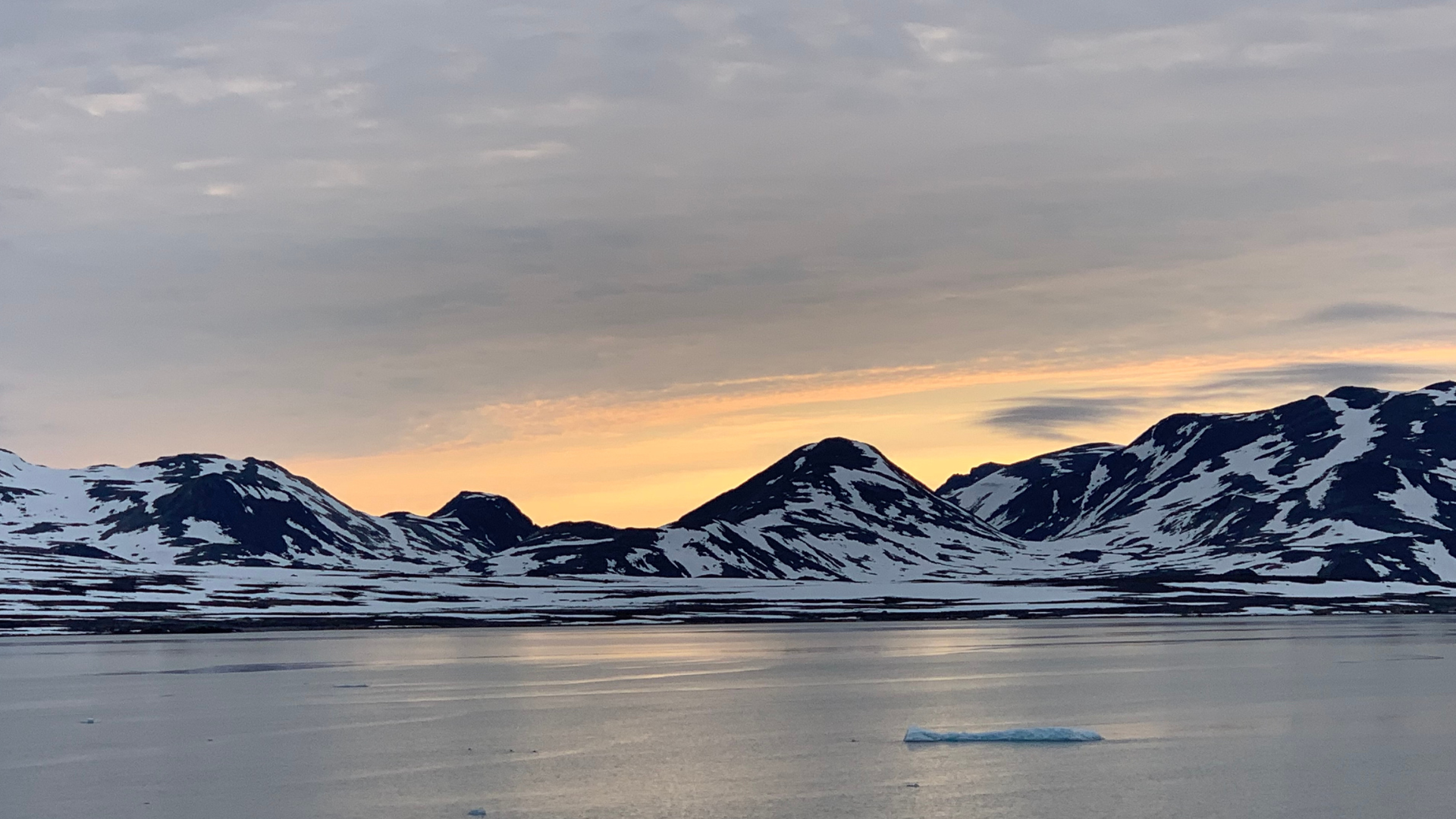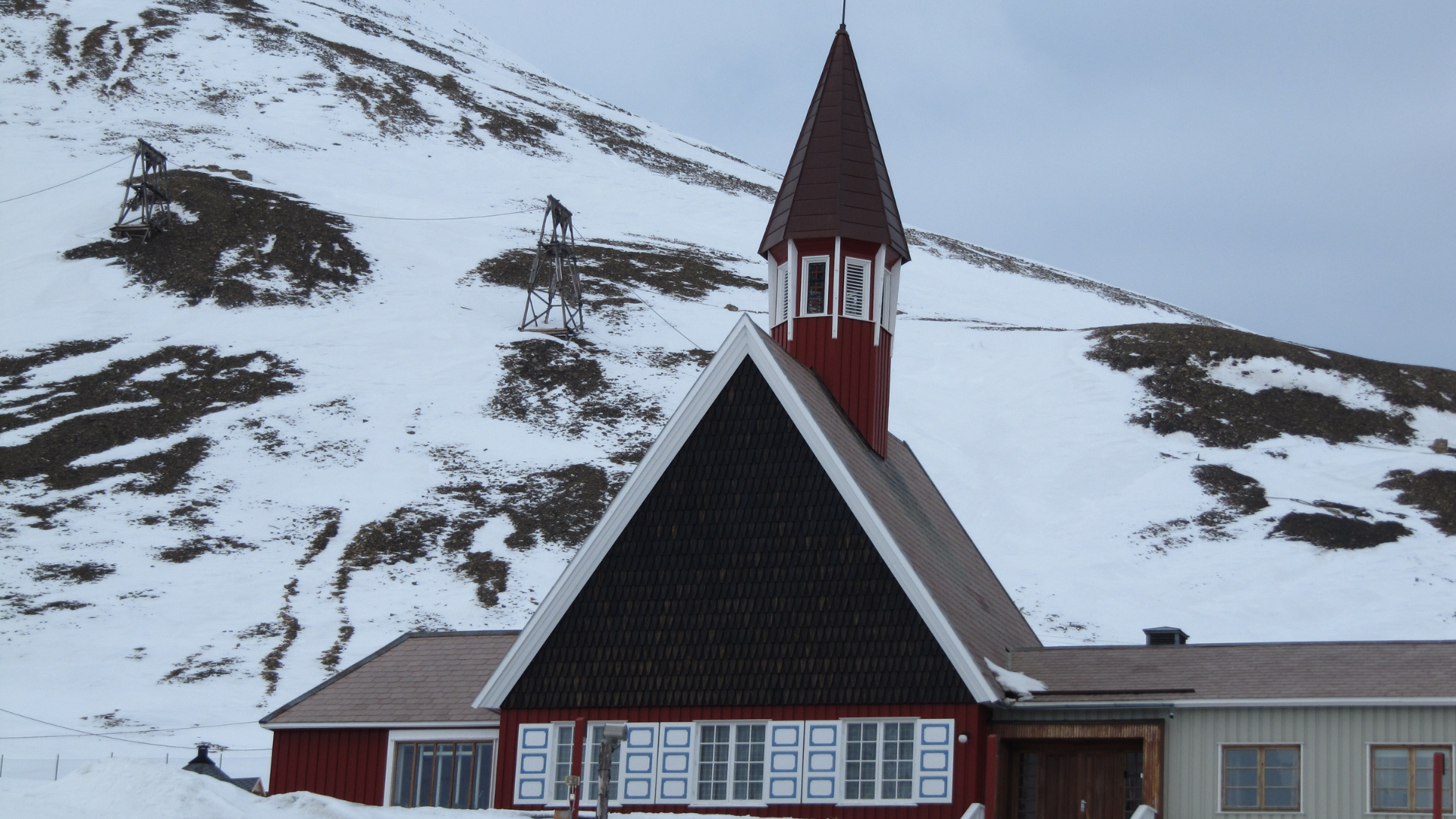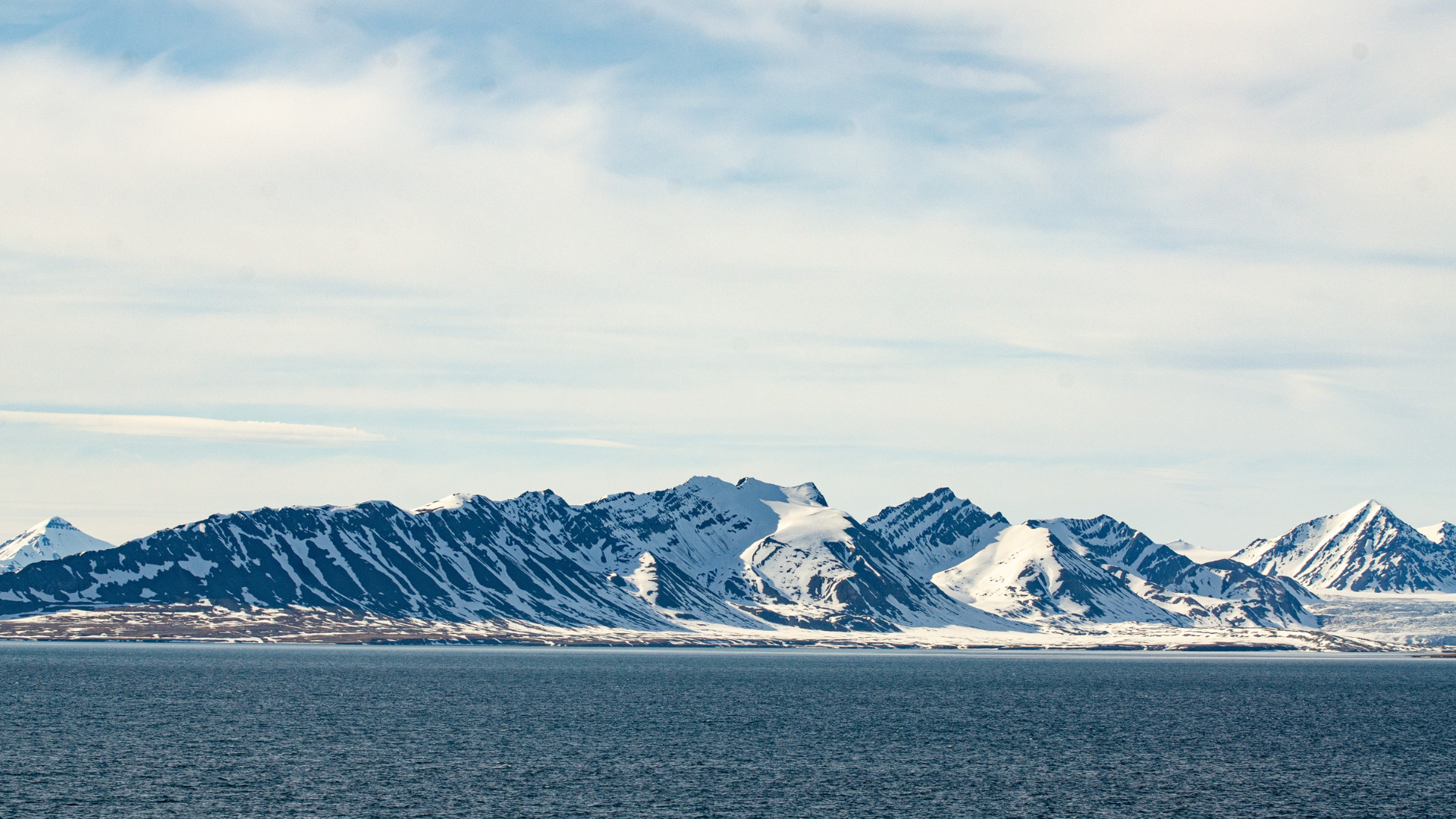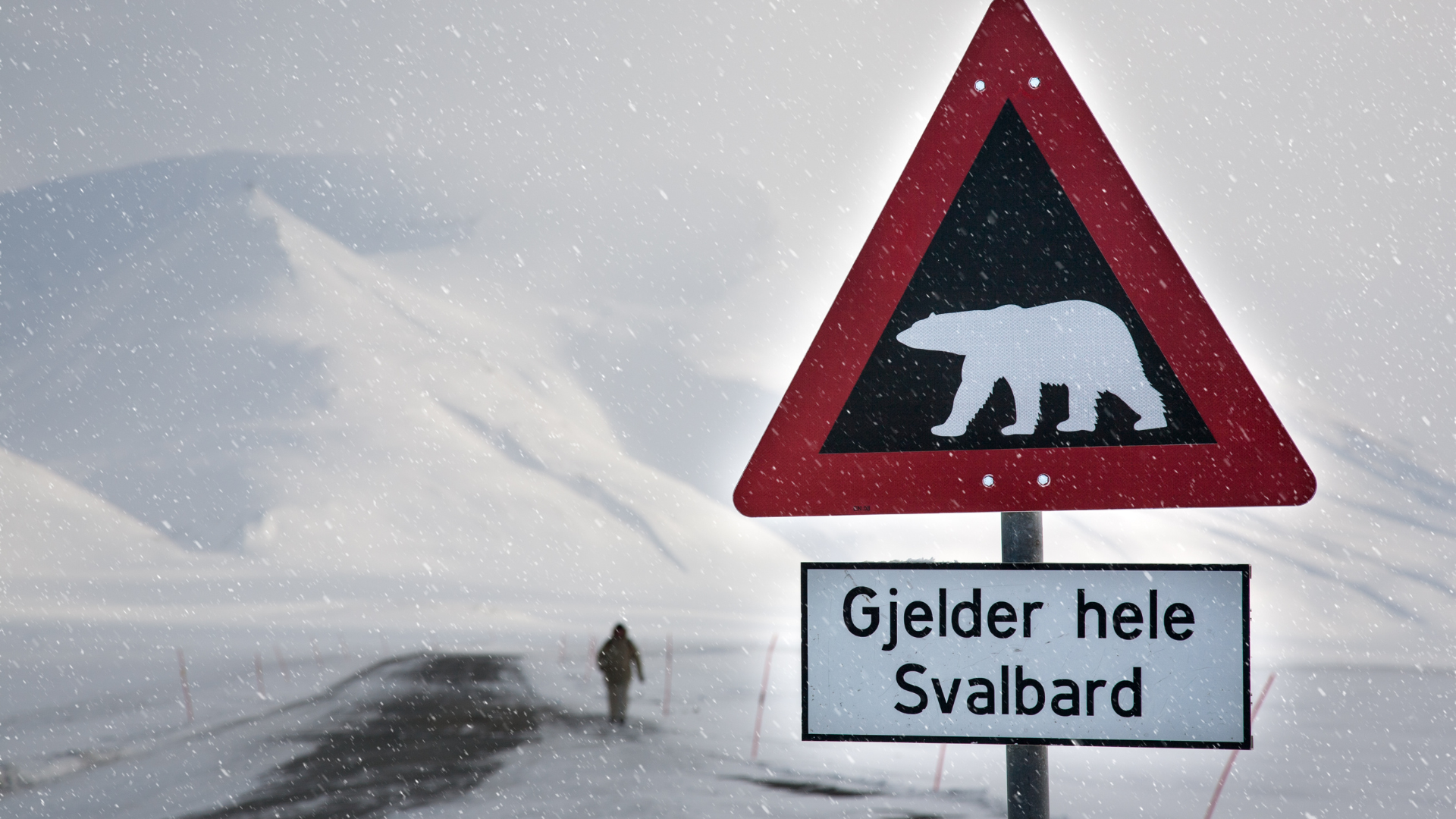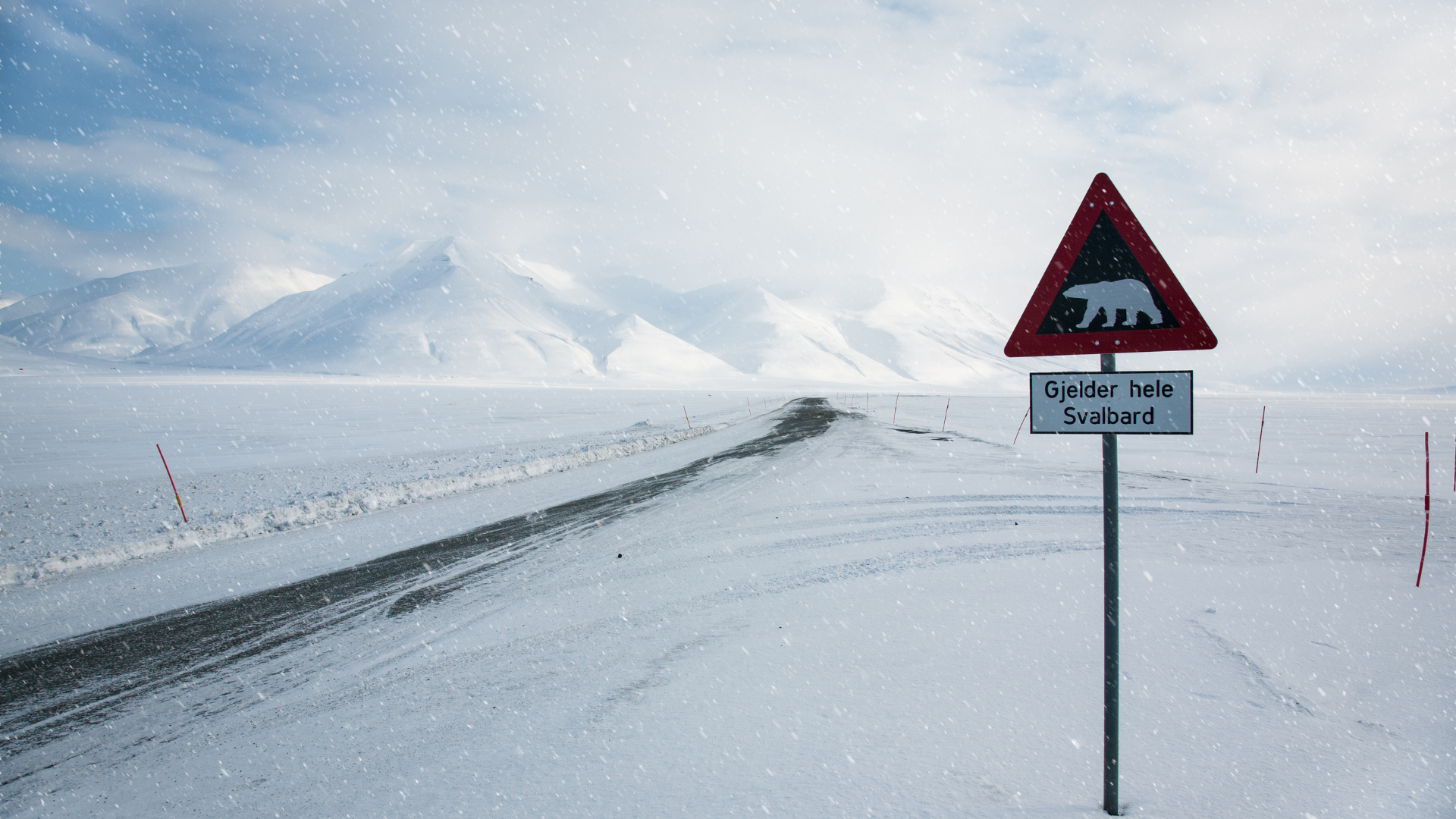Exploring the Unique Dynamics of Svalbard's Population: A Fascinating Tale of Arctic Settlement
Nestled within the icy embrace of the Arctic Circle lies Svalbard, an archipelago shrouded in mystery and allure. While its stunning glaciers, rugged mountains, and abundant wildlife often steal the spotlight, one aspect of Svalbard that captivates the curious mind is its intriguing population dynamics. With a populace as diverse as the landscapes that define this remote region, delving into the intricacies of Svalbard's population unveils a story of resilience, exploration, and coexistence against the backdrop of extreme environmental conditions.
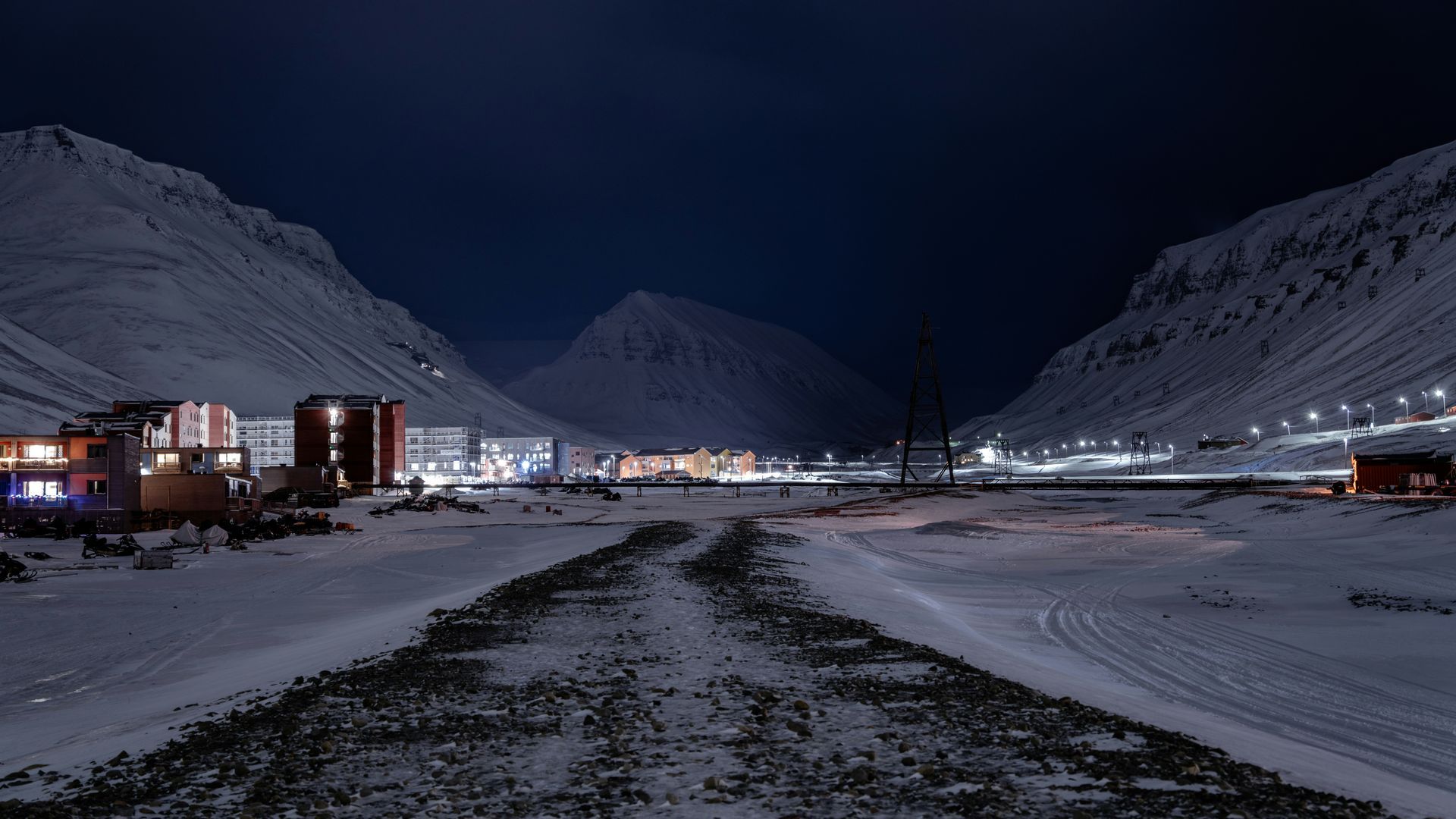
A Brief Overview of Svalbard
Before diving into the intricacies of its population, let us first acquaint ourselves with Svalbard. Located approximately midway between mainland Norway and the North Pole, Svalbard comprises several islands, the largest of which is Spitsbergen. Despite its harsh climate characterized by long, frigid winters and brief, cool summers, Svalbard is not devoid of life. Polar bears roam its icy expanses, while seabirds populate its cliffs, and marine mammals thrive in its surrounding waters.
The Evolution of Settlement
Historically, Svalbard served primarily as a base for whalers, hunters, and explorers who braved its formidable terrain in search of riches and adventure. However, the modern settlement of Svalbard began in the early 20th century with the establishment of coal mining operations. The allure of untapped mineral wealth attracted a steady stream of settlers, predominantly from Norway, Russia, and other Nordic countries. Over time, small communities sprouted around mining towns such as Longyearbyen and Barentsburg, laying the foundation for Svalbard's present-day population.
Population Dynamics: A Complex Tapestry
At first glance, Svalbard's population appears modest, with roughly 2,500 permanent residents. However, beneath this seemingly straightforward statistic lies a complex tapestry of demographics, migration patterns, and cultural influences.
1. Diversity Amidst Adversity
Despite its small size, Svalbard's population boasts remarkable diversity. Alongside native Norwegians, the archipelago is home to a significant number of Russians, Ukrainians, Poles, and other nationalities, drawn to the region by employment opportunities in mining, research, tourism, and support services. This multicultural fabric enriches the social landscape of Svalbard, fostering a spirit of tolerance and cooperation among its inhabitants.
2. Transient Residents: The Floating Population
In addition to permanent residents, Svalbard plays host to a transient population of seasonal workers, researchers, and tourists. During the summer months, scientists from around the world flock to Svalbard to conduct research in fields ranging from glaciology to Arctic ecology. Similarly, tourists seeking adventure and wilderness exploration swell the island's population, albeit temporarily, before returning to their respective homelands. This ebb and flow of transient residents imbues Svalbard with a dynamic energy, infusing its communities with fresh perspectives and ideas.
3. Cultural Resilience: Preserving Traditions in the Arctic
Beyond its economic and environmental dynamics, Svalbard's population is also characterized by its rich cultural tapestry. Despite the harsh Arctic conditions, residents of Svalbard have managed to preserve their cultural heritage through a variety of means. Traditional Norwegian and Russian festivals, such as Syttende Mai and Maslenitsa, are celebrated with fervor, providing an opportunity for residents to reconnect with their roots and strengthen community bonds. Furthermore, cultural institutions and organizations, such as the Svalbard Museum and the Russian Cultural Center, play a vital role in promoting cultural awareness and understanding among residents and visitors alike.
4. Education and Youth Development
Education is another cornerstone of Svalbard's population dynamics. The archipelago boasts a robust educational system, offering schooling options ranging from preschool to higher education. Despite its small population, Svalbard is home to several schools catering to the diverse needs of its residents, including the Longyearbyen School and the University Centre in Svalbard (UNIS). These institutions not only provide academic enrichment but also serve as focal points for social interaction and community engagement. Moreover, initiatives such as student exchange programs and research internships ensure that Svalbard's youth are exposed to a wide range of opportunities, both locally and globally.
5. Environmental Stewardship: Protecting Arctic Ecosystems
As stewards of the Arctic environment, residents of Svalbard play a crucial role in preserving the delicate balance of its ecosystems. With increasing concerns over climate change and its impact on the Arctic, efforts to promote environmental awareness and conservation have gained momentum in recent years. Community-led initiatives, such as beach clean-ups and wildlife monitoring programs, underscore the commitment of Svalbard's population to safeguarding its natural heritage for future generations. Furthermore, partnerships between local stakeholders, scientific institutions, and government agencies facilitate research and monitoring efforts aimed at understanding and mitigating the effects of climate change in the region.
6. Community Resilience: Navigating the Challenges of Isolation
Isolation is a defining characteristic of life in Svalbard. With limited connectivity to the outside world and the absence of road links between settlements, residents must rely on each other for support and camaraderie. This sense of community resilience is evident in the myriad social activities and events that punctuate the long Arctic winters, from communal dinners to outdoor excursions and cultural gatherings. Moreover, the tight-knit nature of Svalbard's population fosters a spirit of mutual aid and solidarity, ensuring that no resident is left behind in times of need.
7. Looking to the Future: Sustainability and Growth
As Svalbard continues to evolve, the question of sustainability looms large on the horizon. With increasing pressure on natural resources and growing concerns over environmental degradation, the need for sustainable development practices has never been more urgent. Fortunately, Svalbard's population is rising to the challenge, embracing initiatives aimed at reducing carbon emissions, promoting renewable energy sources, and fostering responsible tourism practices. By harnessing the ingenuity and creativity of its residents, Svalbard is charting a course towards a more sustainable and prosperous future, one that preserves the unique character of the Arctic while ensuring the well-being of its inhabitants.
In summary, the population of Svalbard is a testament to the resilience, diversity, and adaptability of humanity in the face of extreme environmental conditions. From its multicultural composition to its commitment to environmental stewardship and community resilience, Svalbard's population embodies the spirit of exploration and cooperation that defines the Arctic frontier. As the world grapples with the challenges of the 21st century, the story of Svalbard serves as a beacon of hope and inspiration, reminding us of the transformative power of human ingenuity and collective action in building a brighter, more sustainable future for generations to come.


